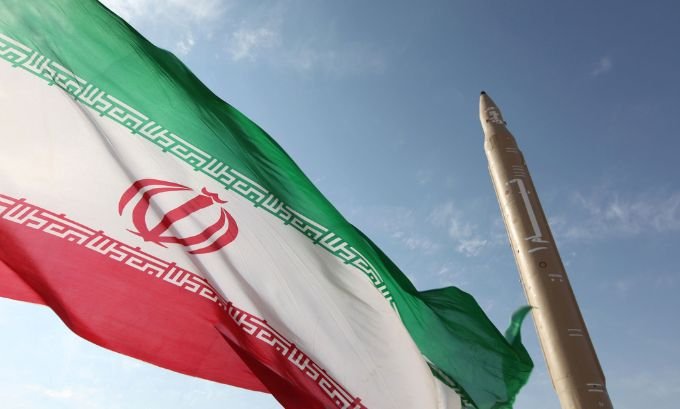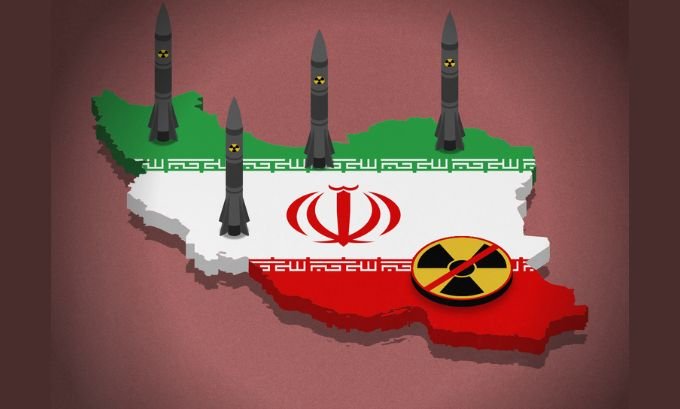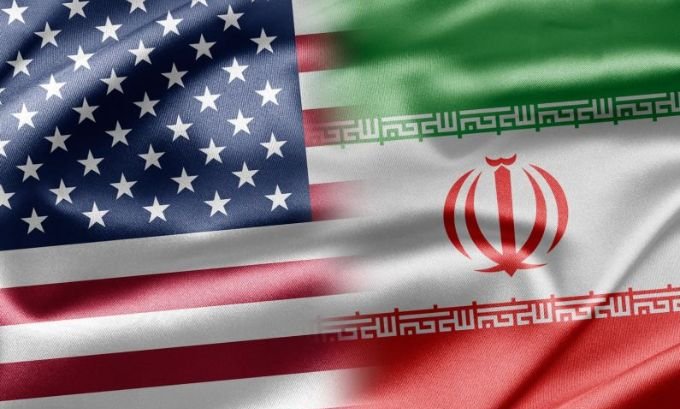The Joint Comprehensive Plan of Action (JCPOA), widely known as the Iran Nuclear Deal, represented one of the most significant diplomatic achievements of the 21st century when it was signed in 2015. This multilateral agreement between Iran and the P5+1 nations—the United States, United Kingdom, France, Germany, Russia, and China—was designed to restrict Iran’s nuclear program in exchange for relief from crippling international sanctions.
However, this carefully constructed diplomatic framework came crashing down in May 2018 when President Donald Trump announced America’s unilateral withdrawal from the agreement. Trump called the deal “the worst deal ever negotiated” and promptly reimposed harsh economic sanctions on Iran.
This decision sent shockwaves through the international community and fundamentally altered the geopolitical landscape. The withdrawal didn’t just affect U.S.-Iran relations—it reshaped alliances, destabilized regional security, triggered economic upheaval, and created ripple effects that continue to influence global politics today.
Understanding these far-reaching consequences provides crucial insight into how a single foreign policy decision can transform international relations and regional stability across multiple continents.
Table of Contents
Geopolitical Tensions Reach New Heights
Middle East Destabilization
The U.S. withdrawal immediately escalated tensions throughout the Middle East, transforming an already volatile region into a powder keg. Iran responded to renewed American pressure by expanding its influence through proxy forces across Iraq, Syria, and Yemen. These proxy conflicts intensified existing civil wars and created new flashpoints for potential military confrontation.
The breakdown of diplomatic engagement pushed both nations toward more aggressive postures. Iran increased support for Hezbollah in Lebanon, backed Houthi rebels in Yemen more extensively, and expanded its military presence in Syria. Meanwhile, the United States reinforced its military presence in the Persian Gulf and strengthened partnerships with regional allies like Saudi Arabia and Israel.

Strained Transatlantic Relations
European allies found themselves in an impossible position. France, Germany, and the United Kingdom had invested significant diplomatic capital in negotiating the JCPOA and remained committed to its implementation. Trump’s unilateral decision to abandon the agreement without consulting European partners created deep fractures in transatlantic relations.
European leaders publicly criticized the withdrawal and attempted to maintain the deal’s framework. However, their efforts were severely hampered by the extraterritorial reach of U.S. sanctions, which threatened European companies doing business with Iran. This tension highlighted the limits of European strategic autonomy and their dependence on the U.S.-dominated financial system.
New Strategic Partnerships Emerge
Iran’s isolation from Western markets accelerated its pivot toward China and Russia. Beijing became Tehran’s largest trading partner, purchasing Iranian oil despite U.S. sanctions and providing crucial economic lifelines. China’s Belt and Road Initiative offered Iran alternative development opportunities that reduced its dependence on Western investment.
Russia similarly deepened its relationship with Iran, expanding military cooperation and coordinating regional strategies in Syria. These partnerships created a new axis of cooperation that challenged American influence in multiple regions simultaneously.
Nuclear Proliferation Risks Multiply
The withdrawal’s most dangerous consequence was the erosion of nuclear non-proliferation safeguards. Iran had been in full compliance with JCPOA restrictions before the U.S. exit, according to International Atomic Energy Agency (IAEA) reports. However, Tehran began gradually reducing its compliance with uranium enrichment limits after losing the agreement’s economic benefits.
Iran’s uranium stockpile grew from 300 kilograms to over 3,000 kilograms by 2021. More concerning, Iran began enriching uranium to 60% purity—far beyond the 3.67% limit established under the JCPOA and approaching the 90% threshold needed for weapons-grade material.
The breakdown also restricted IAEA inspection capabilities. Iran limited inspector access to key nuclear facilities and removed monitoring equipment, reducing international oversight at precisely the moment when enhanced scrutiny was most needed. This opacity fueled intelligence speculation about Iran’s nuclear intentions and increased the risk of miscalculation.
Economic Warfare Intensifies
Iran’s Economic Crisis
The reimposition of U.S. sanctions devastated Iran’s economy through what officials called “maximum pressure.” Iranian oil exports, which had reached 2.5 million barrels per day under the JCPOA, plummeted to fewer than 500,000 barrels daily. Foreign investment dried up as international companies feared secondary sanctions.
The economic pressure created severe hardship for ordinary Iranians. Inflation reached 40% by 2019, unemployment soared, and shortages of essential goods including medicine became widespread. The Iranian rial lost over 60% of its value against the dollar, wiping out savings and making imports prohibitively expensive.
Global Energy Market Volatility
Iran’s reduced oil production contributed to global energy price volatility. The removal of Iranian crude from international markets tightened supply conditions and increased prices, particularly affecting energy-dependent economies in Asia and Europe. This volatility was exacerbated by uncertainty about potential military conflicts in the Persian Gulf, a critical shipping lane for global oil supplies.
The sanctions also disrupted established trading relationships and forced countries to find alternative suppliers, reshaping global energy flows and creating new dependencies that persist today.
Diplomatic Trust Erodes
The unilateral withdrawal damaged America’s reputation as a reliable negotiating partner. International partners questioned whether future agreements with the United States would survive changes in presidential administration. This credibility gap complicated American diplomatic efforts across multiple issues, from climate change to trade negotiations.
European nations attempted to create workarounds through mechanisms like INSTEX (Instrument in Support of Trade Exchanges), designed to facilitate legitimate trade with Iran while avoiding U.S. sanctions. However, these efforts achieved limited success due to the dominance of dollar-denominated transactions in global commerce and the reach of American financial regulations.
The diplomatic fallout extended beyond Iran policy. Countries began questioning their reliance on U.S.-dominated international systems and exploring alternatives that could provide greater strategic autonomy. This trend accelerated development of parallel financial systems and trading mechanisms that could operate independently of American oversight.

Regional Security Deteriorates
Military tensions escalated dramatically following the withdrawal. A series of attacks on oil tankers in the Persian Gulf, drone strikes on Saudi oil facilities, and the assassination of Iranian General Qasem Soleimani brought the region to the brink of open warfare. These incidents demonstrated how quickly diplomatic breakdowns can lead to military confrontations with global implications.
Regional powers aligned according to their strategic interests. Saudi Arabia and Israel strongly supported the U.S. withdrawal and pushed for even tougher measures against Iran. However, other regional actors, including Iraq and Qatar, feared that escalating tensions would destabilize their own security situations.
The breakdown of diplomatic channels made crisis management much more difficult. Without regular communication mechanisms, minor incidents risked spiraling into major confrontations before either side could step back from the brink.
Looking Toward an Uncertain Future
The Biden administration’s attempts to revive nuclear diplomacy have faced significant obstacles. Both sides have hardened their positions during the intervening years, making compromise more difficult. Iran demands complete sanctions relief before returning to compliance, while the United States insists on Iranian compliance before lifting sanctions—creating a classic diplomatic chicken-and-egg problem.
Meanwhile, Iran’s nuclear program has advanced significantly beyond JCPOA limits. Any new agreement would need to address not only the original concerns but also the additional nuclear knowledge and capabilities Iran has developed. This makes negotiations more complex and potentially more contentious.
The regional security environment has also changed dramatically. New conflicts, shifted alliances, and increased military capabilities throughout the region create additional complications for any future diplomatic settlement.
Lessons for Global Diplomacy
The U.S. withdrawal from the Iran Nuclear Deal serves as a stark reminder of how quickly international agreements can unravel and how difficult they are to reconstruct. The episode demonstrated that even carefully negotiated multilateral deals remain vulnerable to domestic political changes in key participating countries.
The consequences continue to reverberate through international relations, regional security, and global economic systems. They highlight the critical importance of sustained diplomatic engagement, the dangers of unilateral action in multilateral frameworks, and the challenges of managing nuclear proliferation in an increasingly fragmented international system.
Future policymakers must grapple with these lessons as they confront similar challenges in other regions and with other potential nuclear powers. The Iran case study provides both cautionary tales and potential roadmaps for more effective diplomatic engagement in an era of great power competition and regional instability.

